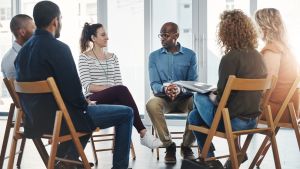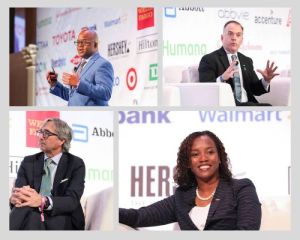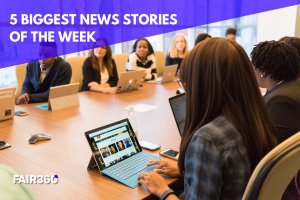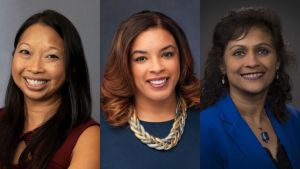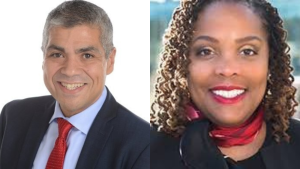Employee Resources Groups (ERGs) are experiencing a major growth surge. According to the 2021 Women in the Workplace Study, developed through a partnership between McKinsey & Co. and LeanIn.org, about 35% of companies have created additional ERGs since 2020 or expanded their investment in existing ones.
Increasingly, organizations are relying on these groups to represent the interests of their underrepresented employees, from asking them to draft racial equity plans to make strategic recommendations on hiring. In an interview with The Wall Street Journal, Kevin Martin, Chief Research Officer of the Institute for Corporate Productivity, stated that as of today, 90% of all major U.S employers have ERGs in place.







